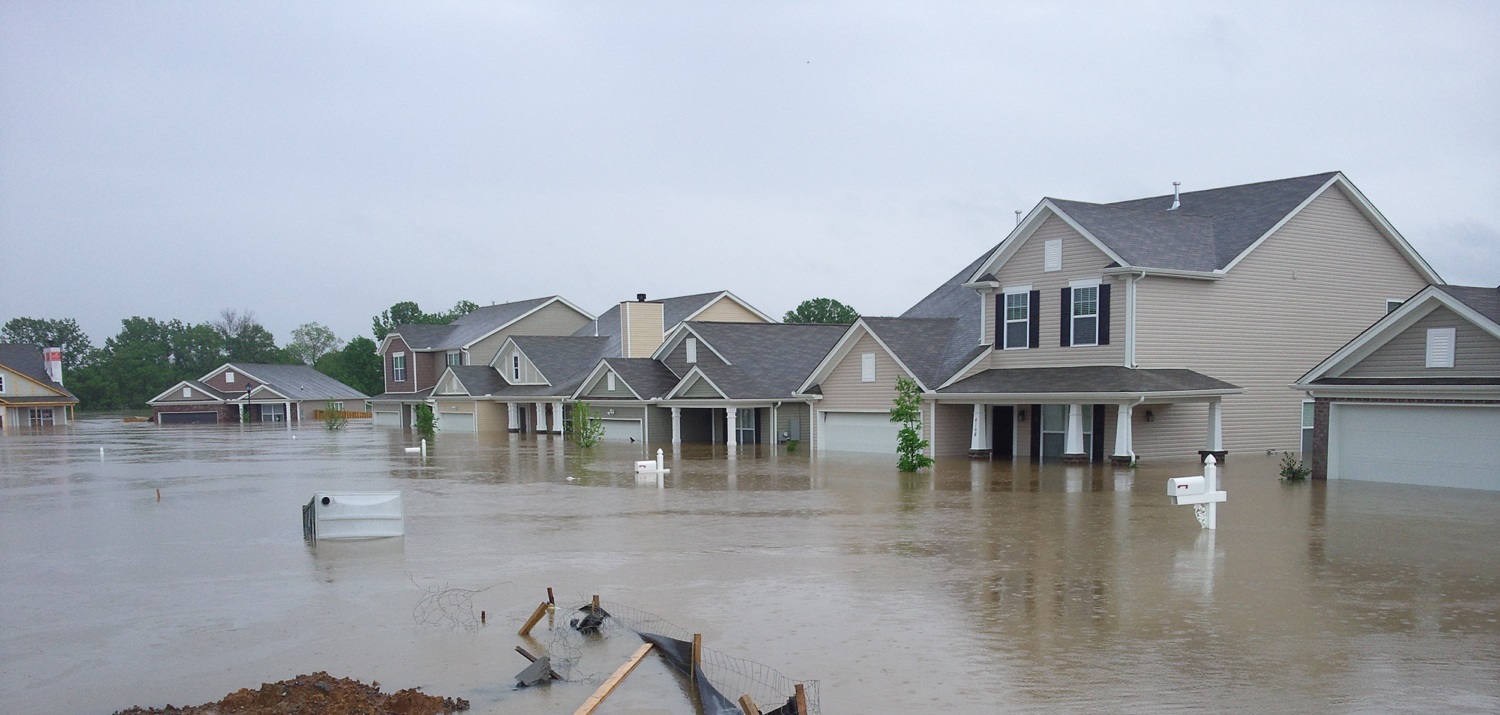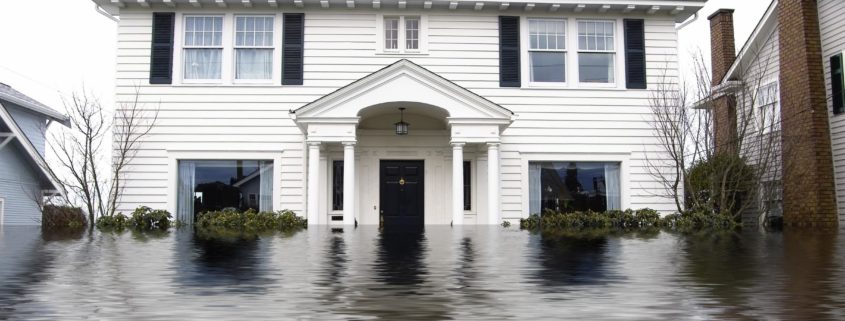How to handle A Flood Damage? A Short Guide!
Flood damage in Melbourne include unclean water; consequently, most permeable structure products should be eliminated and changed with brand-new products.
Care!
If it is secure to go into, check for electric and architectural damages from outdoors to identify.
Electric security is very crucial in floodings. Look for fire dangers and gas leakages. Try battery-powered source of lights.
Never blend chlorine bleach with ammonia or vinegar.
Put on tough footwear, rubber handwear covers, and eye security.
Watch for fire ants, serpents, or various other pets.
Put on a respirator that can filter spores if mould and mildew are existing.
- Flooding Insurance Claims
Start cleaning, salvage, and drying out asap. Do not await insurance adjuster. Take pictures for usage as a supply.
Tidy home so the insurance adjuster can see the damages.
Maintain harmed products for evidence of loss.
When the insurer shows up, please leave a phone number where you can contact them.
The insurance adjuster will certainly analyze problems to your house. The proprietor ought to authorize evidence of loss declaration. When discovered, some unexpected damages can be included.
Get in touch with governmental workplaces for info.
Your home owner’s insurance policy likely will not cover the loss if you do not have flood damage services in Melbourne insurance coverage. Use for the support online if the flooding has been stated a government catastrophe by the President
- Electric Systems
Ensure all electrical and gas solutions are shut off prior to getting in the facilities for the first time.
Have an electrical expert look for premises and various other hazardous problems prior to reconnecting the system.

- Food and Water Sanitation
Reach the local public energy or health & wellness division, making your water resource risk-free and clean.
Water: Strain water with a tidy towel or filter; after that boil water intensely for a full min; allow cool. If steaming is not feasible, make use of fresh odourless fluid chlorine bleach (1/8 tsp per a gallon of clear water, 1/4 tsp per gallon of cloudy water), mix and leave for 30 mins.
Food: Undamaged, commercially-prepared foods in all-metal canisters or antiphon bags can be conserved if you get rid of the tags, extensively clean the canisters, wash them, and after that decontaminate them with a disinfecting remedy containing 1 tbsp of bleach per gallon of drinkable water.
Tools: Discard flood-contaminated wood cutting boards and spoons, plastic tools, child nipple areas, pacifiers, and containers.
- Carpets and home furnishings
Get rid of all carpets, furnishings, and bed linens to outdoors to be cleansed and dried out (or disposed of).
Swamped carpets and rugs are best changed because flooding water might consist of impurities. The swamped carpet needs to be disposed of and changed constantly.
Eliminate water-logged carpets, carpetings, and pads within two days after swamping subsides.
Dry the carpeting and subfloor extensively as swiftly as feasible. It can mould if the rug is set up wet.
The carpeting may diminish; however, an expert might have the ability to extend it.
- Wall surfaces
Get rid of water from the framework as quickly as feasible. Aerate.
Get rid of walls, and reduced openings in wallboard to drain pipes uninsulated wall surfaces.
Eliminate the indoor surface area of shielded wall surfaces to a factor over water elevation. Dispose of swamped drywall.
Intact panelling might be propped open or re-installed after cleansing.
Eliminate and throw out all damp coarse insulation.
Clear out mud. Wall surface, plates, and studs might be covered with anti-bacterial (1 mug bleach/gallon water) to eliminate any existing mould and mildew and fungi.
For better support, call the professionals of flood damage restoration in Melbourne.



 Address:
Address:  Phone:
Phone:  ABN: 63 602 512 489
ABN: 63 602 512 489




